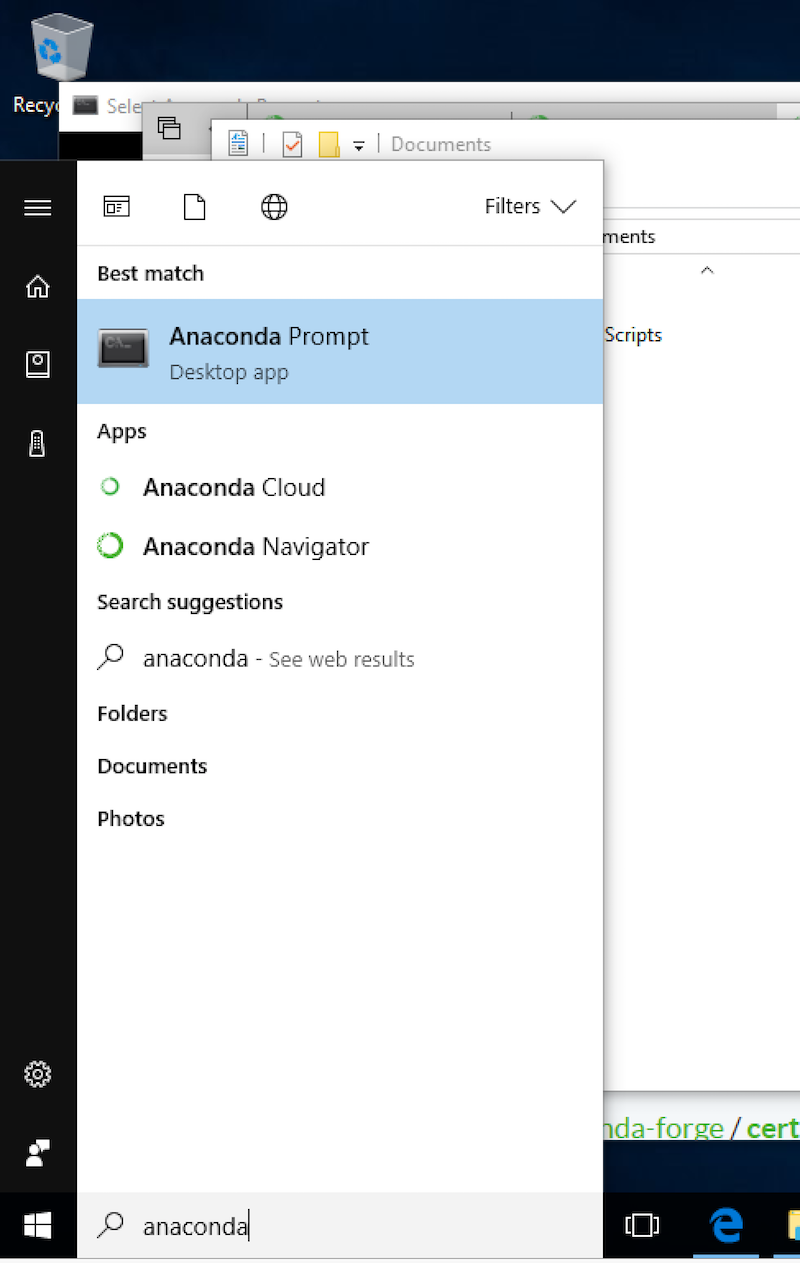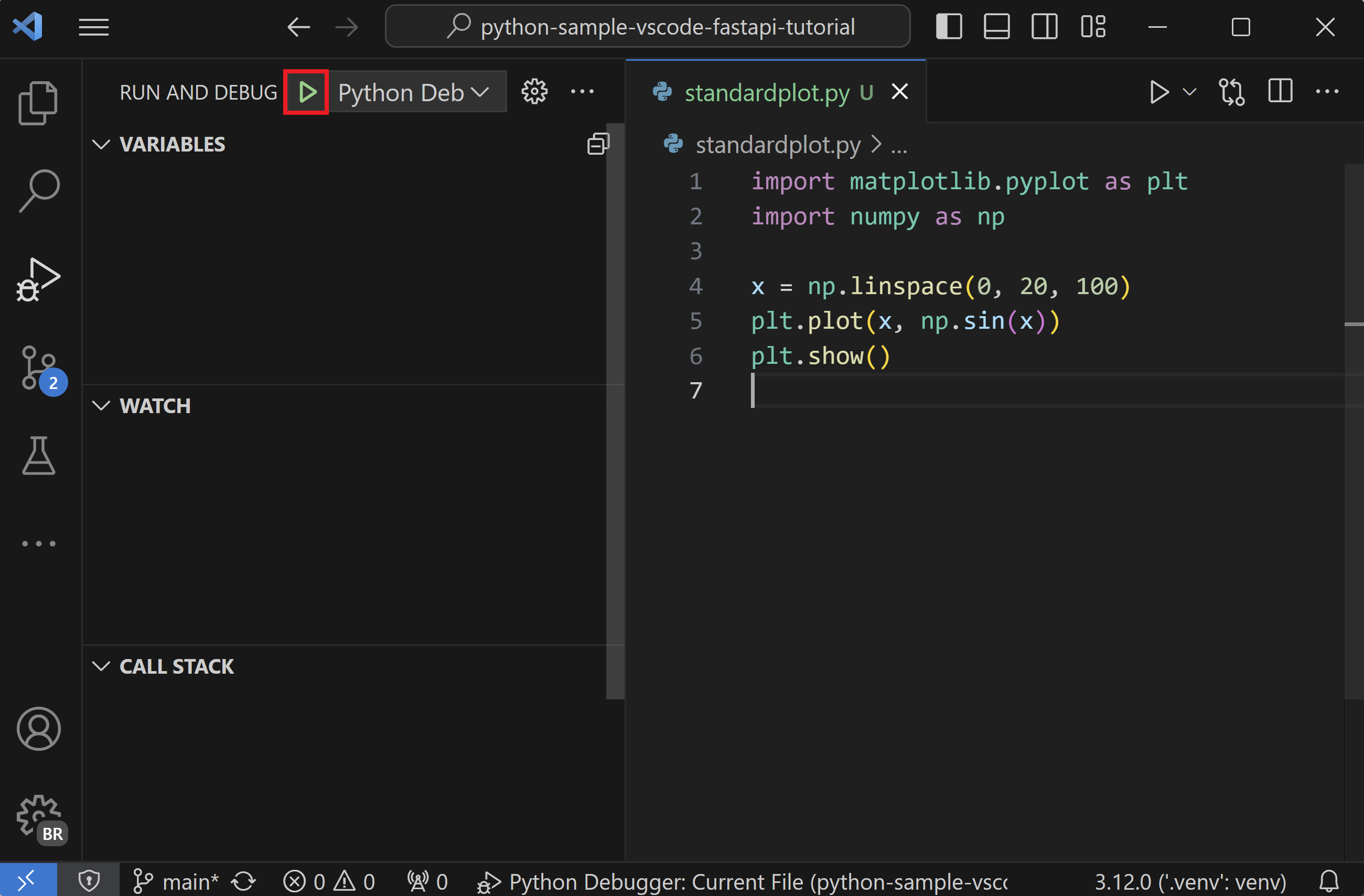

- #Open anaconda prompt mac install
- #Open anaconda prompt mac series
- #Open anaconda prompt mac windows

Once you have your START_ANACONDA_CMD, a nice little test is to open a Python interpreter and run the following: os.system(r"""start /wait cmd /c "START_ANACONDA_CMD&conda info&timeout /t 10" """) I wrap the entire os.system command string in r""" """ because otherwise you would have to escape " quotes and any backslashes in paths. Do not put additional " quotes around the commands beyond what is shown in the example. Answer (1 of 4): Anaconda is popular because it includes many of the tools needed for data science and machine learning in a single installation, making it ideal for quick and easy deployment.

#Open anaconda prompt mac series
Run a series of commands with cmd /c by concatenating the commands with the & character. Specifying a title for the new Command Prompt window as I did in the example may be nice, but not necessary.įrom Microsoft docs on the cmd command, the function of cmd /c is to:Ĭarries out the command specified by string and then stops. See Microsoft docs on the start program for more optional arguments to the start call. The os.system call you should try executing from Python is as follows: os.system(r"""start "My Spyder Package Installer" /wait cmd /c "START_ANACONDA_CMD&PACKAGE_INSTALL_CMD_1&PACKAGE_INSTALL_CMD_2" """)
#Open anaconda prompt mac install
As for the command(s) you want to run to install packages in the designated Conda environment, let's call those PACKAGE_INSTALL_CMD_1 and PACKAGE_INSTALL_CMD_2. If you would like to load a different environment, make this a path to C:\Users\%USERNAME%\miniconda3\envs\custom-env-name instead (point being, append \envs\custom-env-name to your Anaconda/miniconda install dir).įor the purpose of this example, let's refer to as START_ANACONDA_CMD. Keeping it as a path to the base miniconda3 folder will load the "base" environment, the default when you fire up your Anaconda Prompt from the Start Menu shortcut. The argument C:\Users\%USERNAME%\miniconda3 determines the specific Conda environment that is loaded upon startup of the Anaconda Prompt. It should look something like this, calling an activate.bat file within the Anaconda install directory (or " miniconda", the slimmer version which I use): C:\Users\%USERNAME%\miniconda3\Scripts\activate.bat C:\Users\%USERNAME%\miniconda3 We just need the part of the command in the "Target:" field that is after the call to cmd.exe "/K". If you were to run this command in a Command Prompt window, it should turn that Command Prompt window into an Anaconda Prompt for all intents and purposes. In the Shortcut tab, take a close look at the command in the "Target:" field. In File Explorer, right-click on the shortcut file and open its Properties.
#Open anaconda prompt mac windows
We have to combine a little knowledge of Windows batch language, some guidance from a previous SO answer, and extract key information from your specific Windows Start Menu shortcut which you would typically use to fire up the Anaconda Prompt.įirst, from the Start Menu, right-click on the "Anaconda Prompt" shortcut and select "Open file location".


 0 kommentar(er)
0 kommentar(er)
